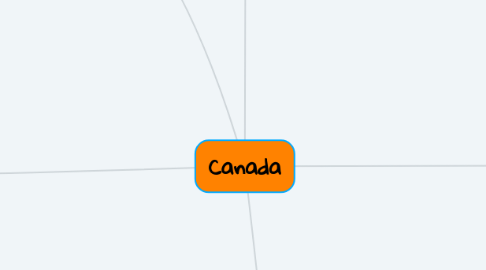Canada
by Alan Kovacic

1. Canada's climate
1.1. Most parts of the country have a cold or severely cold winter climate, but areas to the south are warm in summer.
2. Canada's cities
2.1. The national capital is Ottawa, and the largest city is Toronto. Other large cities include Montreal, Vancouver, Calgary, Edmonton, Quebec City, Winnipeg and Hamilton.
3. History of Canada
3.1. Aboriginal people lived in the places that are now Canada for a long time.
3.2. In 1537 the French started a colony and the British Empire soon followed.
3.3. The two empires fought several wars and in the late 18th century only British North America remained with what is more or less Canada today. The country was formed with the British North America Act on July 1, 1867, from several colonies. Over time, more provinces and territories became part of Canada.
3.4. In 1931, Canada achieved near total independence with the Statute of Westminster 1931, and became completely independent when the Canada Act 1982 removed the last remaining ties of legal dependence on the Parliament of the United Kingdom.
4. About country
4.1. -country in North America(north of the United States)
4.2. Canada is a federal parliamentary democracy and a constitutional monarchy, with Queen Elizabeth II of the United Kingdom as its head of state. The country is officially bilingual at the federal level, meaning that citizens have the right to communicate with the government in either English or French. Immigration to Canada has made it one of the world's most ethnically diverse and multicultural nations. Its economy is the eleventh largest in the world, and relies mainly on natural resources and well-developed international trade networks. Canada's relationship with its neighbor and biggest trading partner, the U.S., has a big impact on its economy and culture.
4.3. Canada is a developed country and has the tenth highest nominal per capita income globally as well as the tenth highest ranking in the Human Development Index. It ranks among the highest in international measurements of government transparency, civil liberties, quality of life, economic freedom, and education. Canada is a Commonwealth realm member of the Commonwealth of Nations, a member of the Francophonie, and part of several major international and intergovernmental institutions or groupings including the United Nations, the North Atlantic Treaty Organization, the G8, the G20, the North American Free Trade Agreement and the Asia-Pacific Economic Cooperation forum.
5. Canada's area
5.1. Canada's area is 9.98 million square kilometres. It is the world's second largest country by total area but only the fourth largest country by land area. It has the world's longest coastline which touches three oceans.
5.2. Canada is land reaches from the Atlantic Ocean in the east to the Pacific Ocean in the west and the Arctic Ocean to the north.
5.3. Canada has ten provinces and three territories.
5.4. Much of the land is forests or tundra, with the Rocky Mountains towards the west. About four fifths of Canada's 36 million people live in urban areas near the southern border with the US, the longest between any two countries in the world.


